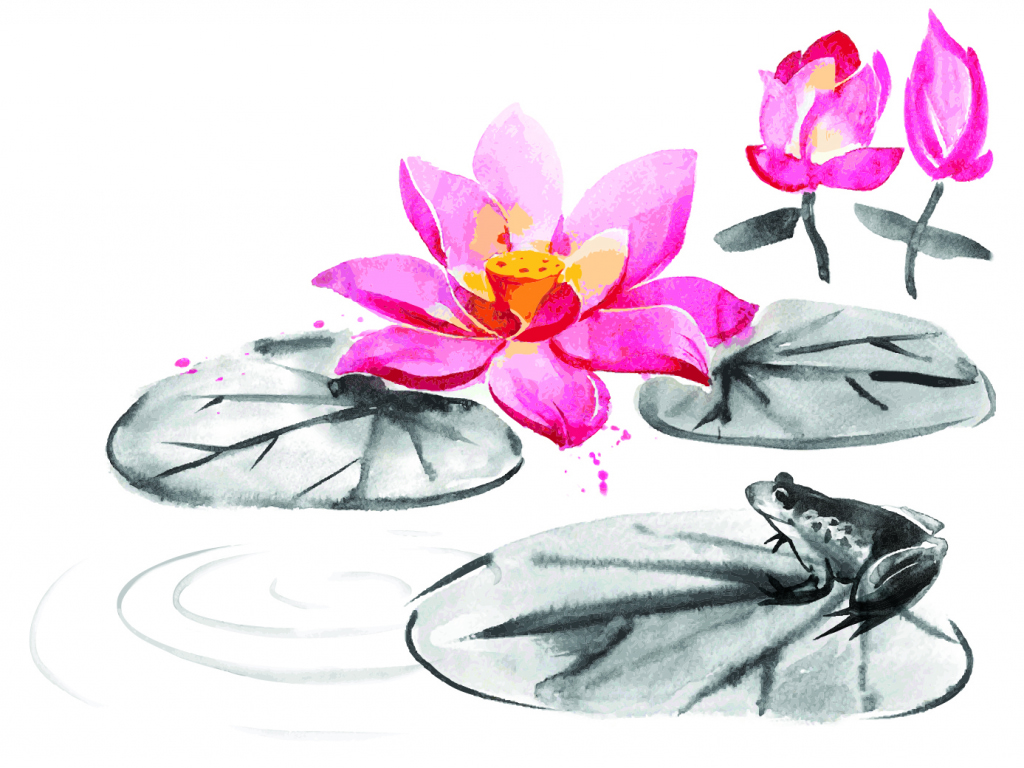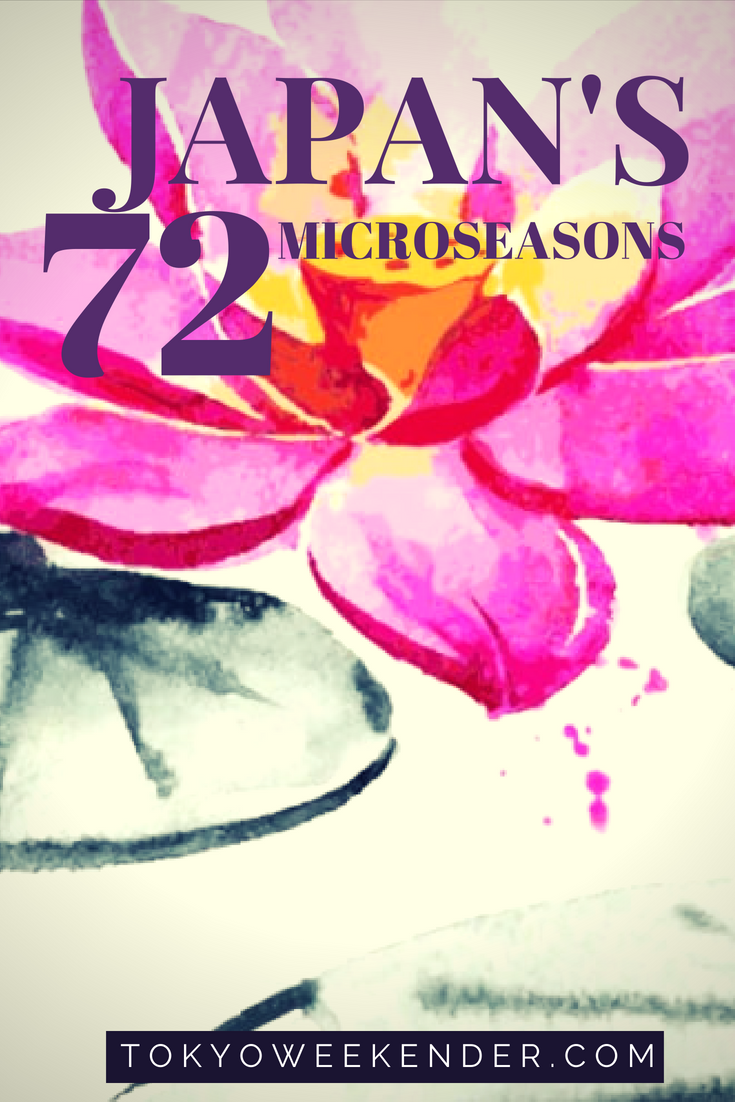It’s here at last: May, the month that traditionally marks the beginning of summer in Japan. In Tokyo’s parks the peonies are blooming and in the muddied margins of their ornamental ponds the frogs are clearing their throats, readying themselves to offer up their annual amorous chorus. Soon worms will surface and before long the first tender bamboo shoots of the new season will start to sprout.
This isn’t just me waxing weirdly lyrical. Rikka, or the “beginning of summer,” is the seventh sekki (sub-season) of the Japanese year, while the phrases “frogs start singing” and “worms surface” represent the 19th and 20th of no fewer than 72 ko, the myriad microseasons of Japan.
Most of the world makes do with 12 months and just four seasons – not Japan. Leaning heavily on the traditional Chinese almanac, the calendar here marks the seasonal cycle of the natural world by allocating a series of evocative names to the different stages of the year. There are 24 major divisions, or sekki, beginning with risshun (“birth of spring”) in early February, leading us through to daikan (“greater cold”) in late January.
It doesn’t stop there. Reaching for a level of precision far beyond that of western calendars, the 24 sub-seasons are in turn split into three to give a total of 72 ko, each lasting for about five days. At first their names too were borrowed from the Chinese, meaning that they did not always conform to the vagaries of our local climate. Eventually, in 1685, the court astronomer Shibukawa Shunkai revised them and in their present form they now serve to illustrate a natural, poetic pilgrimage through the ever-changing landscape of the Japanese year.
“The first-time visitor to this fascinating country cannot fail to notice a deep-seated reverence for the seasons”
In truth, the names of the ko may be said to be quite literally poetic. Traditional Japanese haikus must usually include a kigo – a specific seasonal reference – and, of course, the long established list of acceptable kigo for early summer includes peonies, frogs and bamboo shoots. Some personal favourites from the rest of the year include 霞始靆 (kazumi hajimete tanabiku or “mist starts to linger”) in the last days of February; then there’s 草露白 (kusa no tsuyu shiroshi or “when dew turns white on the grass”) in early September; and, best of all, 熊蟄穴 (kuma ana ni komoro or “bears start hibernating in their dens”) in mid-December.
The first-time visitor to this fascinating country cannot fail to notice a deep-seated reverence for the seasons and the transient treasures they bring. Cherry blossoms and the reds and golds of autumn may be the primary national obsessions but these are far from being the only examples of the ways in which the phases of the year are marked: the vernal equinox may herald the arrival of warmer days and lighter evenings but it also signals the disappearance of my favourite winter beer from the supermarket shelves! No bad thing perhaps – in this age of the consumer when so much is sacrificed on the altar of commerce and convenience, it is important to be reminded occasionally of the shifting, cyclical patterns of the natural world we all share. The more we seek to tame nature for our own ends, the harder we work to temper and subdue its moods and rhythms, the more we stand to lose.
Brian Christian is the Principal of the British School in Tokyo.
Main image: Shutterstock










